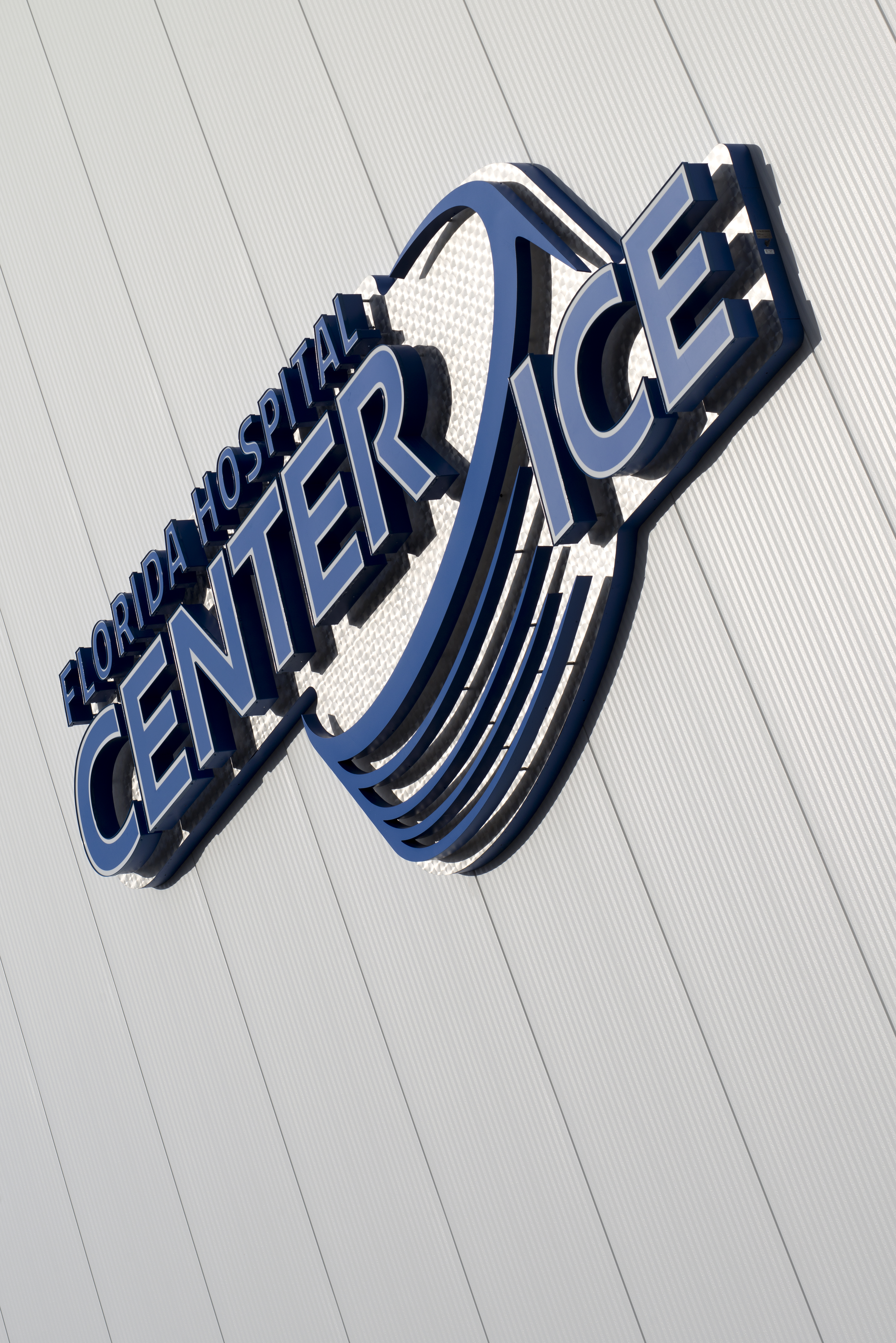Creating a Disaster Resilient Future
A beacon of hope for those who have been or could be impacted by environmental disasters

Before I speak to organizations about energy-efficient and disaster-resilient construction, I update the toll that recent storms and disasters have taken. This is an ever-increasing toll of financial, emotional, social and human costs.

As the unscathed home now famous on Mexico beach after Hurricane Michael and the concrete home featured after Hurricane Katrina came ashore in 2005 demonstrate; concrete is strong.

A beacon of hope for those who have been or could be impacted by environmental disasters.

A beacon of hope for those who have been or could be impacted by environmental disasters.










Before I speak to organizations about energy-efficient and disaster-resilient construction, I update the toll that recent storms and disasters have taken. This is an ever-increasing toll of financial, emotional, social and human costs. The NOAA National Centers for Environmental Information estimates that in 2017 that cost exceeded $300 billion (ncdc.noaa.gov/billions/) and the cost for 2018 will be even higher as the cost for the western wildfires and Hurricane Florence are not available yet.
Even as we continue to experience increased fire damage in a drought-ravaged west; an inundation of storms and flooding along the coasts, and more frequent, shifting, and violent storm events across the Midwest and south, there may still be a silver lining to these dark times.
Leadership requires embracing two goals: one is getting the job done, and the second is keeping the team together. So how does leadership relate to disaster resilience and energy-efficiency? Every building material manufacturer believes their products are the best fit for solving every construction problem. What many of us have come to understand is that there really is a place in every building for almost every type of building material. The challenge is identifying what type of materials should be used and where.
Rebuilding from these disasters and tragedies should force us to evaluate the lessons learned and not repeat mistakes from the past; employing new technology to make rebuilding safer, faster, more efficient, attractive, resilient and responsible.
Deciphering Codes
Not so long ago, building codes were developed locally and regionally with varying degrees of requirements for efficiency, acceptable materials, installation guidelines, and evaluation methods. The last 20 years have built consensus around a nearly universal foundation for most codes through the International Code Council. Today, most states have either adopted the I-Codes as their building codes or used them as a foundation and extended requirements necessary to their specific region.
The various I-Codes provide minimum requirements to safeguard the public health, safety and general welfare for all buildings through defining acceptable materials, methods, and processes to build and evaluate buildings. Through unification and standardization, the design, structure, cost, materials, and technology in construction has streamlined suppliers and reduced errors. It has also opened vulnerabilities in development by placing materials not suited for their built environment in areas where they are more susceptible to failure.
Rebuilding for the Future
As people in areas damaged or destroyed by disaster begin to reconstruct their homes and lives, choosing the correct structural and insulative materials for the exterior of the home or building is the critical place to start. Over the last 40 years, insulated concrete forms have evolved from a novel concept to the preferred building material for many types of construction. The versatility of this construction material to create any size, shape, or configuration of a structure combined with the following inherent benefits.
- Strong walls that resist up to 250 mph wind speeds
- A four-hour fire resistance rating
- Dense energy efficient insulation material delivering at least an R-22
- Delivering R-50+ performance through the thermal inertia of insulated concrete that resists any change to wall temperature from the outside or inside
- Insulated pre-furred walls that eliminate the thermal bridging from studs
- Integrated Class II moisture barrier
- Sound attenuation performance (STC-54) creating peace of mind and comfort
- Airtight walls that nearly eliminate all dust, dirt, or allergen infiltration
- A cost that is comparable to conventional construction
At the core of these benefits is a simple building concept that boasts thousands of years of proven results: concrete. That idea is this: concrete creates strong, longer-lasting, resilient structures. It’s common knowledge that when it comes to disaster resilience, concrete outperforms other building materials in every way. From the Roman Coliseum to the Hoover Dam, concrete structures are strong and long lasting. As the unscathed home now famous on Mexico beach after Hurricane Michael and the concrete home featured after Hurricane Katrina came ashore in 2005 demonstrate; concrete is strong.
ICFs take steel reinforced concrete to the next level by making it simple to build with. They wrap that strong airtight concrete wall in dense insulation. This results in tested energy-efficiency more than double the best cavity wall insulation and combined with the other benefits above, creates a building envelope that will maintain efficiency, the safety and comfort of occupants at a cost comparable with energy-efficient construction in most areas.
The IRC and IBC both contain separate insulation requirements for cavity walls and mass walls because of the profound performance difference of insulated mass walls. One product allows you to form, frame, furr, sheath, insulate, and soundproof the home, saving time and labor. A standard ICF today delivers energy performance that meets and exceeds current and future energy codes. When the home is complete, it boasts all of the benefits of a concrete building while also being extremely energy efficient, quiet, and healthy.
Choosing the Right Materials
When building a home, you’re choosing to put faith in materials. You want to create a space that is safe, clean, aesthetically pleasing, long lasting, and the list goes on. It’s a very personal investment of time, energy, and yes, money. When re-building after a disaster, you’re not only repairing what was lost but also hopefully creating a space where the past can’t repeat itself. With an investment of that size, you need to know what you’re getting. And while the nature of storms can be wildly unpredictable, you need the structure of the home to be reliable and predictable for you, and for generations to come.
Whether you’re considering material choices for a new home or rebuilding your life from disaster, choose to use the right materials in the right places. Design and build the exterior of your home with strength to keep you safe, choose ICFs.
Looking for a reprint of this article?
From high-res PDFs to custom plaques, order your copy today!














